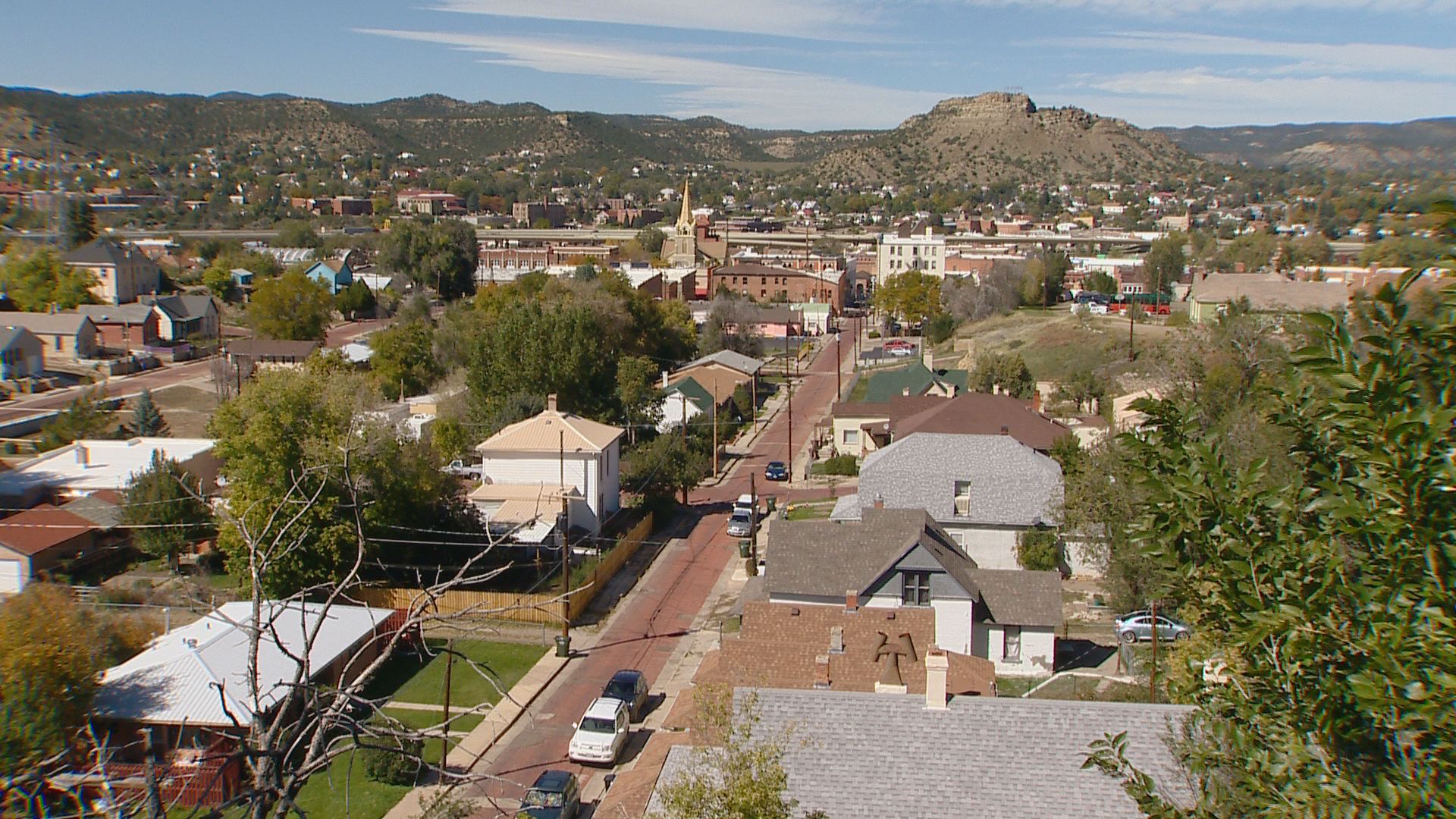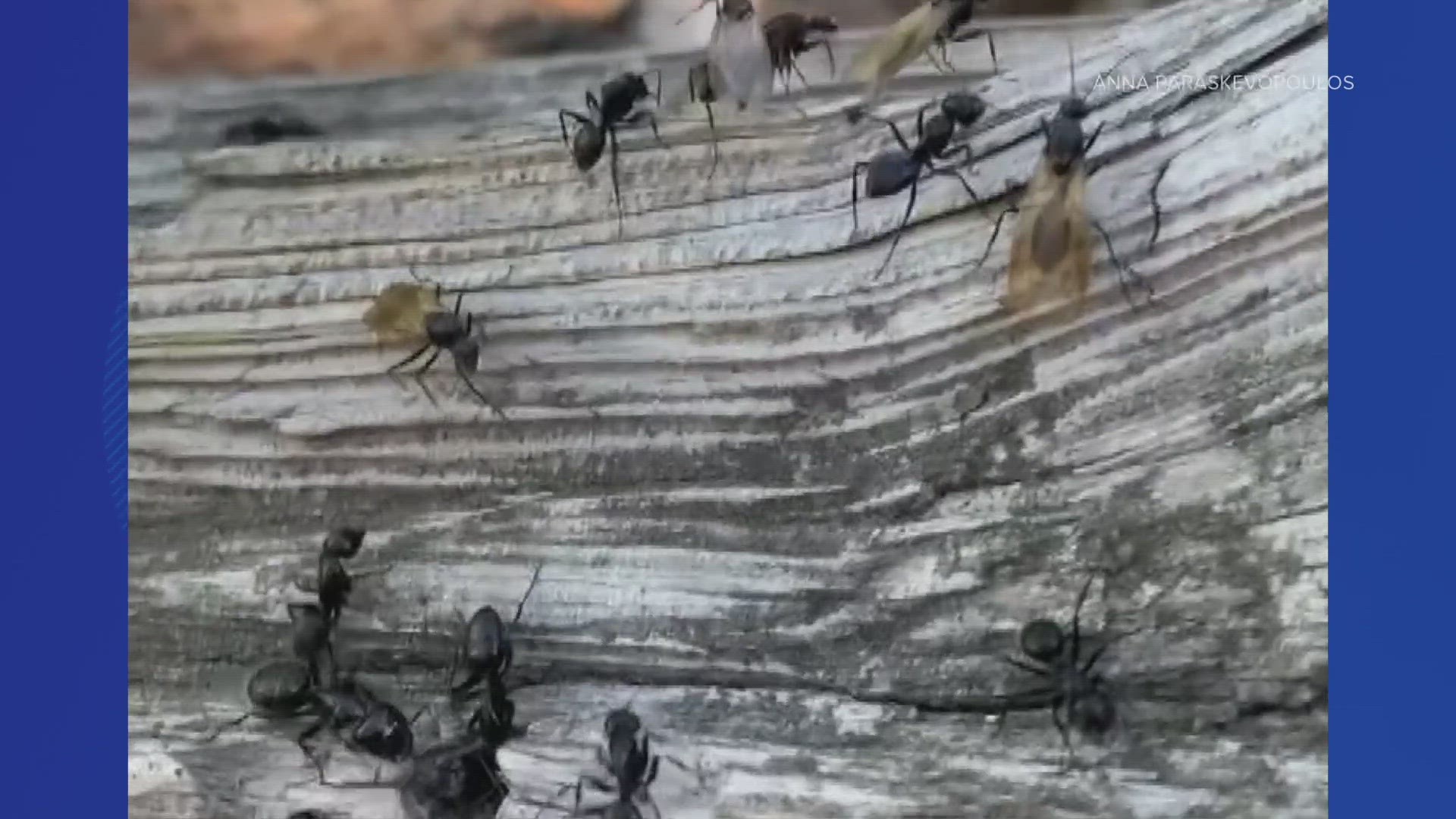A new study has linked oil and gas fluid injections to more than 1,800 earthquakes within a two year period in the Raton Basin, a 2,200-square mile range across central Colorado and the northern New Mexico border.
The University of Colorado Boulder study recorded earthquake activity in the region between 2008 and 2010. The earthquakes recorded were at least 4.3 magnitude.
The study linked most of the 1,800 earthquakes to wastewater injection well activity, an industry practice that pumps extracted water back into the ground while methane gas is collected from subterranean coal beds. At least 200 million barrels of wastewater has been sent underground in the Raton Basin since 1994, according to the research.
In this study, researchers did not look at the relationship between earthquakes and hydraulic fracturing, better known as fracking.
Trinidad, Colorado and Raton, New Mexico are the largest communities along the northern edge of the Raton Basin.
Previous studies have already linked wastewater injection to seismic activity.
RELATED | USGS begins mapping manmade earthquakes
This most recent study, which had a paper published in the Journal of Geophysical Research: Solid Earth, used hydrogeological models of the pore pressure that is several miles underground and makes up the oldest stratified layers.
With researchers able to get deeper than they have before, results from the study give greater proof the oil and gas activity does impact seismic activity in the region.
"We have shown for the first time a plausible causative mechanism for these earthquakes," said Jenny Nakai, the study's lead author and CU doctoral student. "The spatial patterns of seismicity we observed are reflected in the distribution of wastewater injection and our modeled pore pressure change."
Research included a 3-D model to simulate earthquake activity, based off recorded data, along a 12-mile long fault in the Vermejo Park region in the basin that suggested another smaller fault was active in the two year period.
Researchers used seismometers funded by a grant from the National Science Foundation to test earthquake activity in the Raton Basin.
For years, the oil and gas industry has monitored seismic activity in the region with their own recorders, but CU Boulder researchers said they do not have access to the data.
On Wednesday, Energy In Depth published a response to this study. The response is broken down into three sections: 1. this is old news; 2. no link between earthquakes; and, 3. Colorado has taken proactive measures to address small risk of Induced seismicity and fracking. It concludes by saying the study is not groundbreaking.


